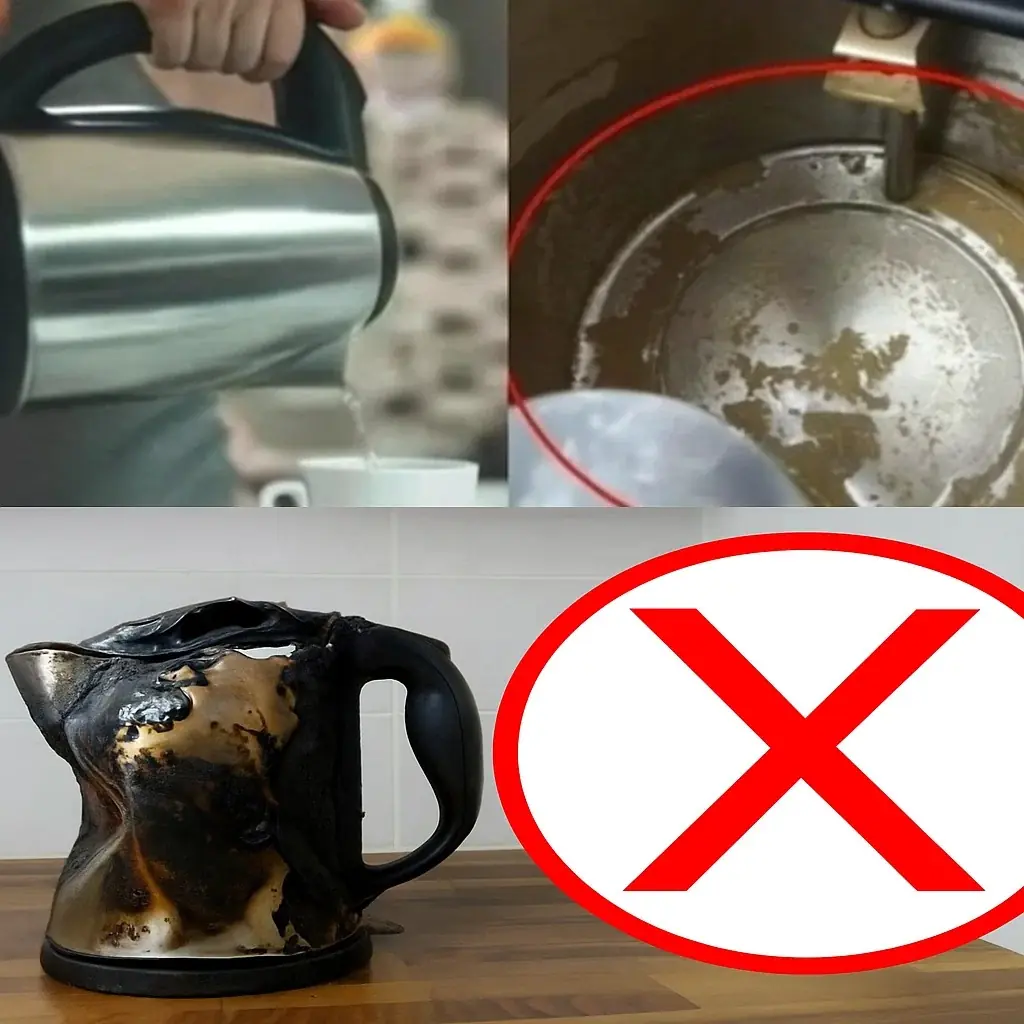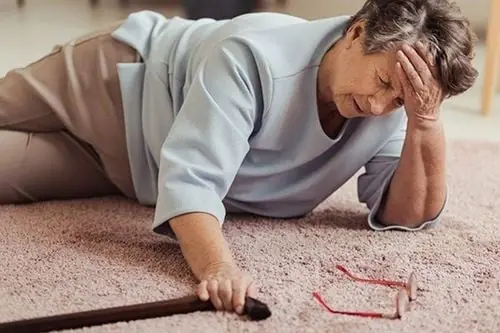
Why absolutely should not be tilted upside down?
Holding a drowning child upside down on the shoulder and running is one of the most serious first-aid mistakes, wasting the golden time needed to save the victim.
When giving first aid to children who nearly drowned, many people tend to hold the child upside down on their shoulder and run, hoping that water in the stomach will flow out. However, this is a dangerous mistake, according to Ms. Dương Khánh Vân, a technical officer at the World Health Organization (WHO), as reported by VnExpress.
Drowning is one of the top 10 causes of death among children aged 5–14. Globally, more than 600 people die from drowning every day. In Vietnam, nearly 2,000 children die annually from drowning. At the National Children’s Hospital alone, around 100 drowning cases are admitted each year, with many resulting in death or irreversible brain damage.
Summer holidays are a peak time for drowning accidents, as children spend more time near water. The risk is always present, everywhere and at any time.
Why the “upside-down” method is wrong
When a child drowns, the first aid given is critical. The main cause of death in drowning is brain damage due to lack of oxygen. The brain can only survive 4–5 minutes without oxygen; beyond that, damage is often irreversible, leading to death or severe neurological complications.
If a child is unconscious, not breathing, and without a pulse, the first and immediate step must be cardiopulmonary resuscitation (CPR) — chest compressions and rescue breaths.
Many children don’t die immediately after drowning but lose their chance of survival because of incorrect first aid. The mistaken belief of turning a child upside down and running around wastes critical time and may even cause more harm.
Correct emergency response
According to Dr. Phạm Ngọc Toàn (Emergency Department, National Children’s Hospital), when someone drowns, chokes, or suffers a sudden accident leading to respiratory or cardiac arrest, first aid is the decisive factor for survival. The right steps are:
-
Open the airway.
-
Perform rescue breaths and chest compressions.
-
Continue until the heart starts beating again or medical staff arrive.
Carrying the victim on your shoulder and trying to drain water wastes precious minutes. When someone is submerged, water enters the airway, causing oxygen deprivation, respiratory failure, and cardiac arrest. Thus, resuscitation is the only action that can save their life.
Key principle for bystanders
When you see someone drowning, remember: do not become the next victim. If you cannot swim, call for help immediately instead of jumping in yourself.
Once the victim is brought ashore:
-
Check responsiveness by calling and shaking them.
-
If they respond, place them in the recovery position (lying on their side).
-
If they do not respond, call for help, quickly open the airway, and begin CPR.
News in the same category


3 habits that silently "poison" the uterus

Tips to clean greasy, yellow pot lids without chemicals: Simple, effective, and time-saving

Clip a piece of paper in the refrigerator: Great use to save a lot of electricity

The effect of stewed chicken feet with black beans is as good as ginseng

Mosquitoes smell these 4 smells, 99% will turn around and run away, natural way to kill mosquitoes that many people don't know

Put ginger next to your pillow when sleeping: A simple secret for good health and sleep

It turns out that mosquitoes are most afraid of "it". Take this and stick it in a lemon and leave it in the corner of the house. The mosquitoes will go away and never come back.

6 types of fruit that help 'cleanse' the uterus, women in their 40s will see the difference immediately when they eat them

Chia seeds are as good as a 'miracle drug' but 5 groups of people need to be especially careful when using them to avoid bringing disaster upon themselves

When cleaning the house, add this to the water

When filling up with gas, don't be foolish to say full tank or 50 thousand

3 ways to prevent snakes from crawling into the house, everyone needs to know to protect their family

Here are 3 simple ways to keep your home free of mice.

4 Types of Electric Kettles That Could Be Harming Your Health – Check Yours Before It’s Too Late
Electric kettles are found in nearly every modern home, making it quick and easy to boil water for tea, coffee, or instant meals. But shocking warnings from health experts reveal that some kettles may release dangerous substances into the water you drink

Turn Back the Clock: The Cheap Sour Starfruit & Potato Remedy That Restores Black Hair Naturally
Struggling with premature gray hair in your 20s or already noticing streaks of silver in your 30s and 40s? Don’t panic. While gray strands can feel like a dreaded sign of aging, nature offers surprising, inexpensive solutions that can help you regain yo

Put a Bowl of Salt in the Fridge: The Genius Trick I Regret Not Knowing for 30 Years
A single bowl of salt might seem insignificant, but its impact on your fridge — and your household — is anything but small.

3 Dangerous Mistakes People Make With Plastic Wrap—And How They Could Secretly Harm Your Health
Plastic wrap is undeniably convenient, but it must be used correctly. Missteps like reusing, heating, or buying low-quality products can gradually harm your body.

How to cook perilla leaf water to cool the liver and brighten skin every day
News Post

Claim: a juice regimen reportedly cleared can:cer cells in 42 days

Life Tip: How to Tell the Difference Between a Real Mirror and a Two-Way Mirror in Fitting Rooms

Woman Endures Years of Swollen Foot Before Doctor Reveals Shocking Cause

Man’s Refusal to Pay 25% Tip Ignites Debate on Tipping Culture

3 habits that silently "poison" the uterus

Universe Shaken: Rare Triple Black Hole Merger Sends Ripples Through Space-Time

The Sun Isn’t Yellow—It’s Pure White

The Sun’s Power: Earth Lives on Just 0.000002%

iPhone users issue warning on what to do if you get the 'caution' icon on your device

PlayStation 6 leak suggests release date could be much sooner than expected

Rolling Stone sues Google over AI summaries in landmark lawsuit

Tips to clean greasy, yellow pot lids without chemicals: Simple, effective, and time-saving

Clip a piece of paper in the refrigerator: Great use to save a lot of electricity

The effect of stewed chicken feet with black beans is as good as ginseng

Mosquitoes smell these 4 smells, 99% will turn around and run away, natural way to kill mosquitoes that many people don't know

Put ginger next to your pillow when sleeping: A simple secret for good health and sleep

It turns out that mosquitoes are most afraid of "it". Take this and stick it in a lemon and leave it in the corner of the house. The mosquitoes will go away and never come back.

Things People Do That Put Themselves Closer to a Stroke
